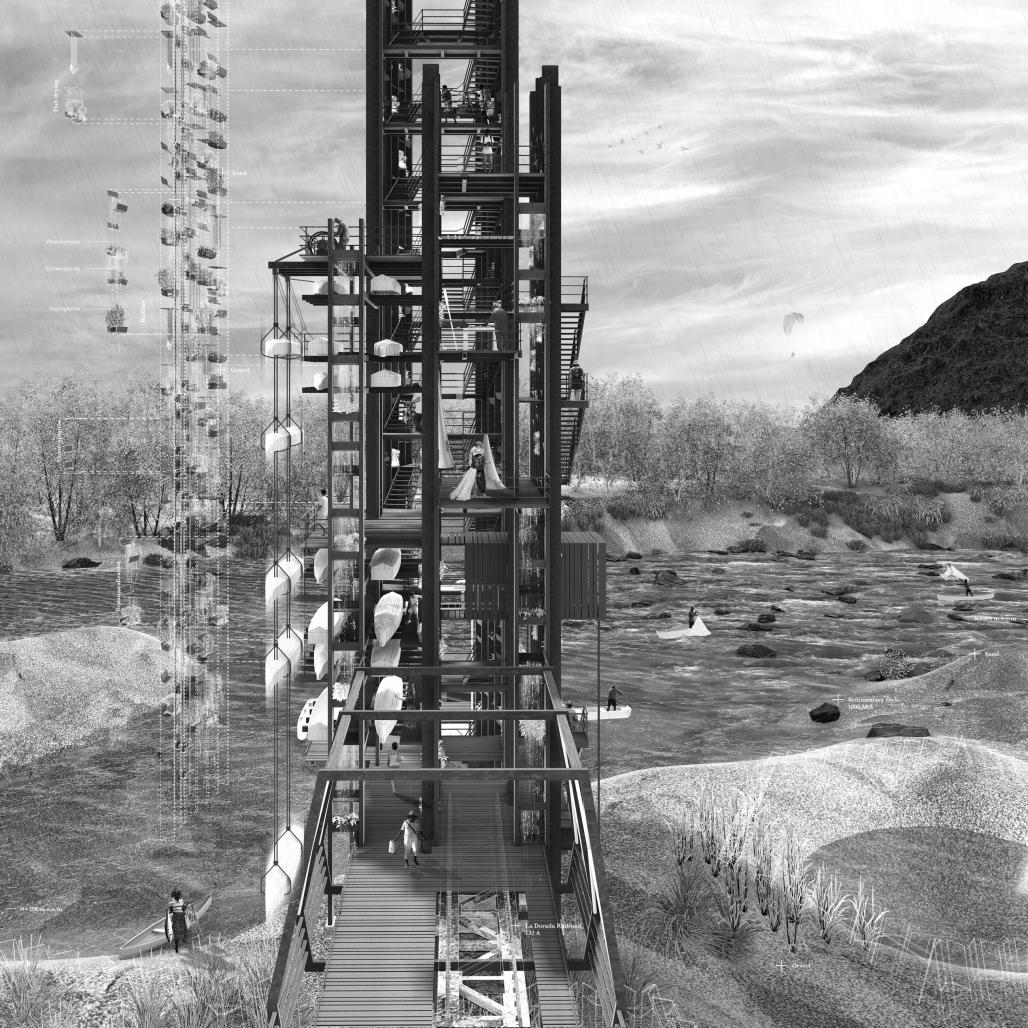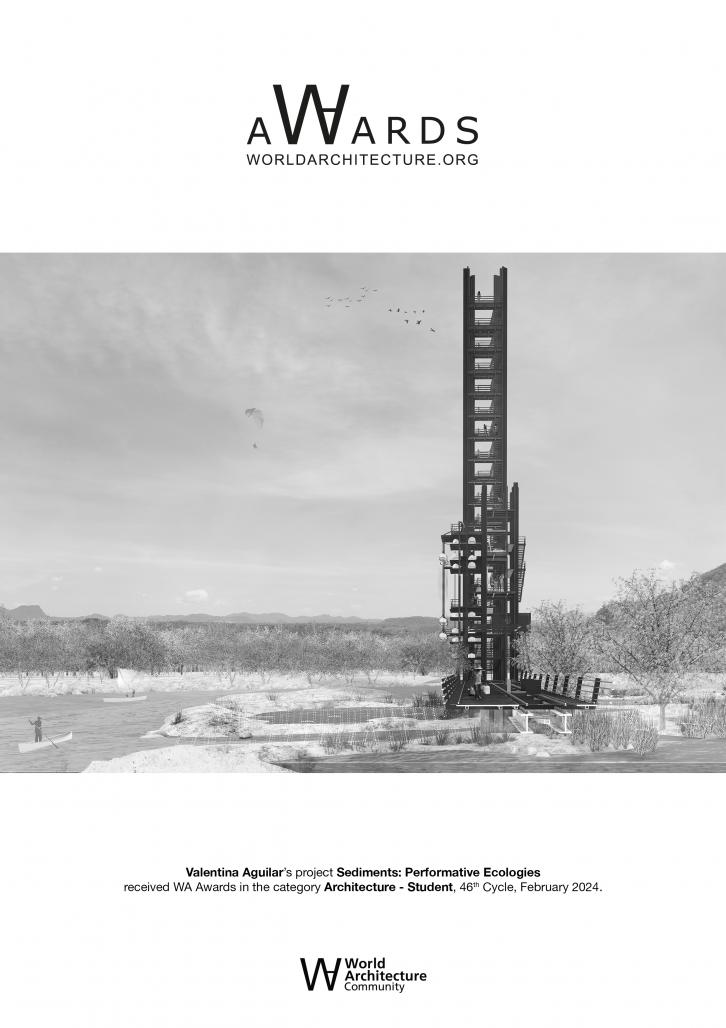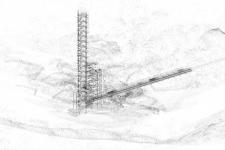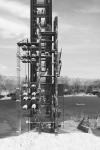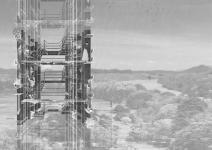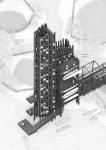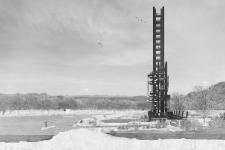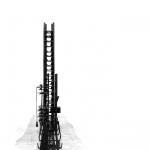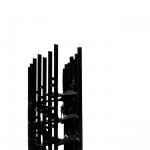Sediment represents that which accumulates over time, tangible or intangible matter that travels, sits, and leaves a trace in space. Rocks, stones, gravel, sand, woods but also fishers, natives, tourists and with them, stories each carry within. Sediment carries along the history of its journey and represents a condensed temporality. One could say that architectural, vegetal, and anthropic sediments are constantly formed through time. Traces of human and non-human dynamics. Some have settled for several decades, creating barriers and reducing river flows, eroding the soil, and slowly degrading the place. Others come and go, traveling permanently along the river. These movements collectively shape the performative and unfinished landscape, a reflection of time. In this case, elements that move, accumulate, and settle within the greatest hydric system of the Colombian territory: the Magdalena River.
Sediments shape landscapes but are also shaped by anthropic trails. Old vestiges from an unfinished railway bridge have modified the Guarinó river mouth to the Magdalena river, completely changing the morphology of the place. This point also condenses the effects of the construction of the La Miel Dam on the hydric system, as it has increased the sediment load carried by water, making these ecosystems even more fragile and susceptible to floods. The choreography of the river mouth landscape reflects the fragility of its unsteady trace. The waterline is constantly drawn and erased as a result of the weather conditions and the surrounding ecologies. How to project in a place where change is permanent?
The railway line abruptly drawn by human, now works as the interstice between history and place. A path that redirects to a fishing vertical bio-filter tower, an artifact as performatic as its landscape. The path of the former railway, originally intended to interconnect territories for commerce and territory exploitation, will now be re-thought as the line that re-connects the ecologies of the landscape: people, geography, botanics and hydrodynamics. A system that accumulates historical, biological and anthropic sediments and restores a decaying ecosystem.
The tower functions as a verticalization of the horizontal dynamics of the river, from matter to the people who inhabit it. A hub for preserving local knowledge and the ecosystem. Fishing functions as the transitory activity that allows the project to accumulate performative activities, from those who arriving by canoe, storing it, weaving the fishing nets, and drying the catch, which will then be transported again by the river waters. Meanwhile, the structure itself adopts environmental responsibilities: the facades work as a living museum of the river, accumulating sediment, harvesting vegetation according to the sediment substrate, and thus enabling the bio-filtration of rainwater. The vertical structure acts as a node for biological succession, vegetation that will colonize the tower over time. Eventually, landscape choreographies shaped by rainfall, solar exposure, river flows and sediment movements, will thus, shape the project.
2023
At the far end of the railroad, steel columns are raised on concrete stilts, allowing a distance between the surface and the tower. Static elements are subtly placed upon a dynamic landscape where water levels and vegetation change cyclically. The project becomes a static witness to the impermanence of the landscape, slowly reconquered by nature. The open structure allows for a duality between activity and the growth of nature, experiencing changes from rain, winds, and river flow. It also bears environmental responsibilities that restore the surrounding landscape both vertically and horizontally.
In the vertical aspect, folded steel pieces elevate sediment using mechanical pulleys, harvest vegetation, and capture rain for water filtering that will drip down the tower. These horizontal elements repeat vertically, acting as as stiffeners with structural capacity. Fishers may also use the facade to hang-dry their fish, dripping water that will be then useful as plant fertilizer. On the surface, the weaved pieces act as scaffolding panels that filters water while accumulating sediment. Eventually, this molds the site’s topography by redirecting water flows and deposits, creating natural reservoirs for water oxygenation and, thus, re-building a resilient river ecosystem. A walking path is built over the existing railroad, a decaying vestige that will now reconnect people to the river and the traditions it carries along.
Additionally, mechanical pulley-systems allow the fishing program to occur. Tensed steel cables elevate canoes to be stored or fixed out of water, as well as paddles or fishing implements. In the tallest volume, pulleys supply sediment and surface water for plant harvesting. People and tradition keeps the project active, giving them a sense of ownership to their work whilst restoring the surrounding landscape.
Design: Valentina Aguilar
Tutors: Daniela Atencio, Claudio Rossi, Daniel Bonilla.
Sediments: Performative Ecologies by Valentina Aguilar in Colombia won the WA Award Cycle 46. Please find below the WA Award poster for this project.
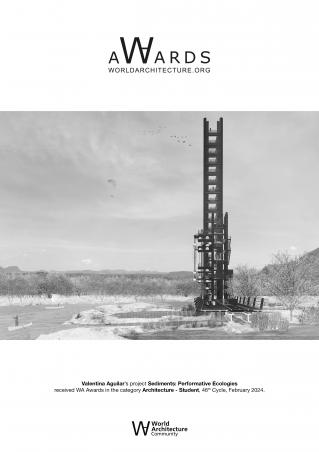
Downloaded 0 times.
Favorited 3 times
